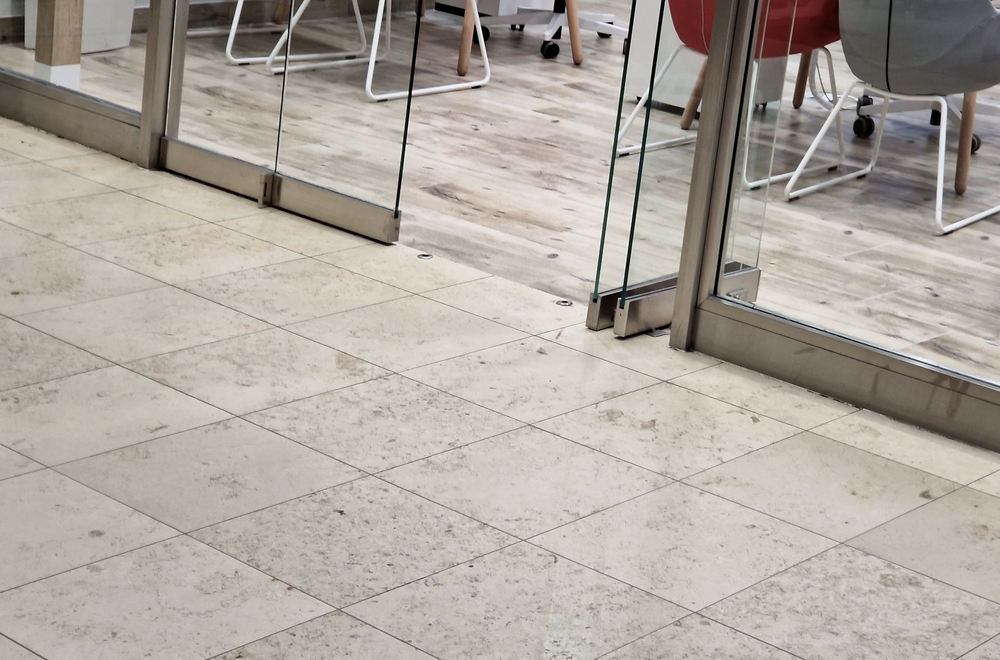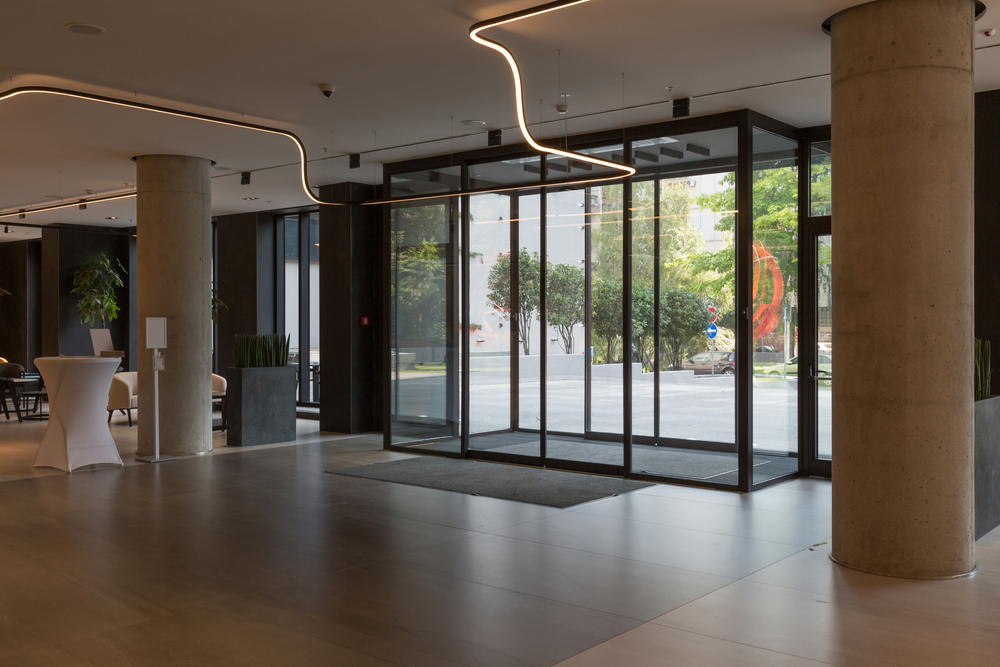Have you ever wondered how to keep your stunning frameless sliding door looking immaculate for years to come? Do you worry about scratches, squeaks, or dreaded water leaks creeping in? If so, you’re definitely in the right place. In this post, we’ll explore five practical tips for long-running maintenance of your frameless sliding door, so you can enjoy smooth operation and a crystal-clear finish.
Many Australian homeowners take pride in the stylish design of a frameless sliding door. Still, they often underestimate how proper upkeep can mean the difference between a door that stands the test of time and one that disappoints after a few short years. That’s why frameless sliding door maintenance matters. By keeping an eye on common pain points like glass scratches, stubborn dirt build-up, and loose hardware, you’ll stay ahead of issues that might compromise safety, appearance, and performance.
Understanding Your Frameless Sliding Door
Frameless sliding doors are known for their minimalist look. Unlike traditional sliding doors, they rely on sturdy glass panels without a bulky metal frame around the edges. This design offers an expansive view, making your living area feel bright and airy perfect for modern Australian homes that love natural light.
What Makes It “Frameless”?
A door is considered frameless when its main support system is concealed. Instead of thick aluminium or timber frames surrounding the glass, a frameless door uses discreet hardware at the top and bottom. This is typically designed to bear the load securely while keeping the glass layout minimal. This distinctive style not only looks chic but can also reduce the risk of rust and other problems associated with heavy frames.
Regular Cleaning and Polishing
When it comes to preserving the sparkle of your frameless sliding door, regular cleaning and polishing is the foundation. This step removes fingerprint smudges, dust, and other debris that can cling to the glass surface. By taking this easy approach, you’ll prevent minor issues from getting out of hand truly a “Quick Wins” tactic.
Which Cleaning Products Are Best for Glass Doors?
Lots of people wonder if it’s okay to use regular household cleaners, and the answer is generally yes, provided you select products designed for glass. Look for streak-free solutions or even a simple vinegar-and-water mix. Avoid abrasive cleaners and scouring pads. These can leave micro-scratches and ruin that gorgeous finish. If you want a truly professional appearance, a good microfibre cloth paired with a mild detergent is usually all you need to keep the glass gleaming.
Quick Wins to Avoid Scratches or Damage
Bear in mind that even the gentlest friction from a dirty cloth can result in small scratches. So, rinse your glass panels first to remove any dust or grit. Then, gently wipe with a soft cloth. If you spot calcium or limescale, consider using a specialised product. Following a simple cleaning routine once or twice a week can save you from bigger repair costs down the line.

Lubricating and Inspecting Door Tracks
The second tip is all about the mechanical components that keep your door moving effortlessly. While the frameless design mainly showcases elegant glass, the door’s function depends on smooth rollers and well-maintained tracks. Lubrication and regular inspection let you spot minor problems before they escalate, not to mention extend the life of your entire door system.
How Often Should You Lubricate Door Tracks?
Many homeowners ask How frequently do I need to lubricate my door’s tracks? The answer can vary, but for typical Australian conditions especially if there’s sand or humidity a simple once-every-six-months schedule works well. If you’re in a coastal area with salty air, you might need to check more frequently, as salt deposits can build up and affect the metal components. Staying consistent will minimise grinding noises or jerky movements.
DIY vs. Professional Lubrication
Some track problems are easy to fix on your own. If your door is just sticking a bit, a good cleaning and the right lubricant could resolve the issue. However, if you notice bent components or extensive corrosion, it may be time to call in a specialist. While doing it all yourself can save money, remember that a professional service might spot hidden damage and alert you before it gets too costly.
Checking Hardware and Seals
Hardware and seals protect your home from water leaks, drafts, and security risks. Over time, screws can loosen, and seals can wear down, making your door more vulnerable. By proactively checking and maintaining these parts, you ensure your frameless sliding door remains safe and watertight.
Why Hardware and Seal Failures Occur
Why do these annoying problems pop up? Hardware can degrade due to everyday use, or external factors like changes in temperature. In Australia, warmer weather can cause materials to expand or contract, stressing the seals and fixings. Another culprit is neglect. Skipping basic maintenance, like wiping away grime or checking for cracks, speeds up deterioration. If your door is not aligned correctly, you risk premature seal damage too.
How Do You Prevent Water Leakage?
Preventing water leakage starts with checking your seals regularly. Examine the rubber or silicone strips along the edges of the glass, searching for any gaps or tears. If you notice damage, replace the seal immediately to avoid mould or rotting near the frame. Keeping the tracks clean, as outlined earlier, also minimises water pooling. Finally, ensure the door is aligned properly, so the seals make uniform contact with the glass when the door is closed.
Making Routine Adjustments and Alignments
Even a spectacular frameless sliding door can slip out of perfect alignment over time. Harsher weather conditions, frequent use, and minor bumps can cause the door to sag or move slightly off track. Don’t worry—it doesn’t necessarily mean you need a new door. Instead, a few tweaks can go a long way toward restoring your door’s effortless glide.
Essential Tools and Step-by-Step Guidance
Basic tools like a screwdriver, spirit level, and tape measure are enough for most alignment tasks. Begin by observing whether the door is tilting to one side or isn’t locking smoothly. Then, loosen the adjustment screws gently, make small corrections, and tighten them again. A good practice is to open and close the door after each small adjustment to gauge whether it’s now sliding smoothly. If you hear strange noises or feel resistance, keep adjusting until it’s perfect.
Troubleshooting Alignment Problems
Occasionally, you’ll find more complex alignment problems. Perhaps the top track is slightly bent or the roller wheels are damaged. In such cases, you might need new mounting brackets or to straighten bent hardware a job best left to professionals.
Establishing a Long-Term Maintenance Schedule
A well-planned maintenance schedule can help you stay on top of all the little tasks that ensure your door’s stellar performance. Consistency is the real game changer here. Instead of waiting for problems to arise, you can proactively care for your door so it always looks and functions at its peak.
Scheduling Checks to Outrank Competitors
If you’re a business owner with commercial frameless sliding doors, you already know how important a good impression can be. Even for a home, consistent upkeep keeps everything looking polished. Establish a yearly or biannual schedule that includes cleaning, lubrication, seal inspection, and alignment checks. This approach outperforms sporadic efforts—both in SERP rankings (when discussing maintenance tips on your website) and in the actual longevity of your door.
When to Seek Professional Assistance
Sometimes, things go wrong despite your best efforts. If you notice cracks in the glass, unusual rattling, or water stains near the tracks, it’s time to seek expert help. These issues may indicate deeper structural problems that ordinary DIY fixes won’t address. Prompt action preserves the integrity of your door and prevents further cost. After all, a quick professional remedy is often less expensive and less stressful than dealing with full-blown property damage later on.
Conclusion
We’ve now explored the top five tips for maintaining your frameless sliding door. From regular cleaning and polishing to setting a solid long-term maintenance plan, each element plays an important role in protecting your door’s durability and elegance. The bottom line is that a proactive approach saves money, spares you headaches, and enhances your home’s overall vibe.
Ultimately, maintaining a frameless sliding door is a continuous journey, but one that’s well worth the effort. You’ll get more natural light, better views, and a door that glides open with ease. Armed with the tips in this guide, you’re all set to handle common pain points, stay ahead of potential problems, and keep your door looking as sleek as the day it was installed.

